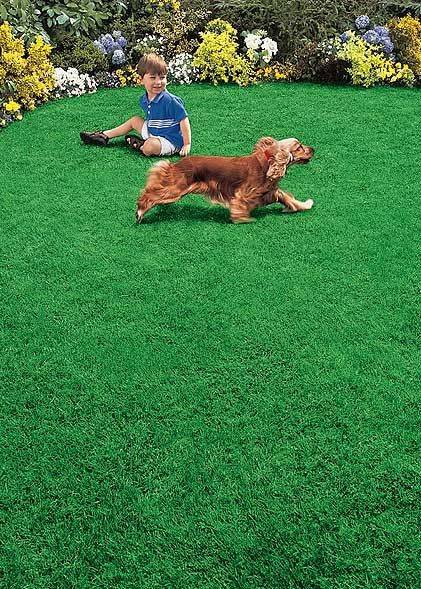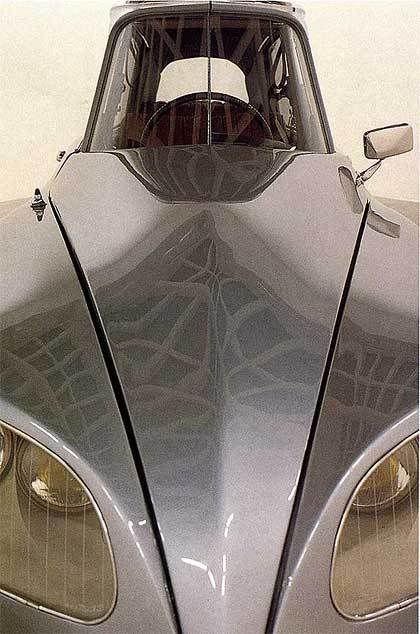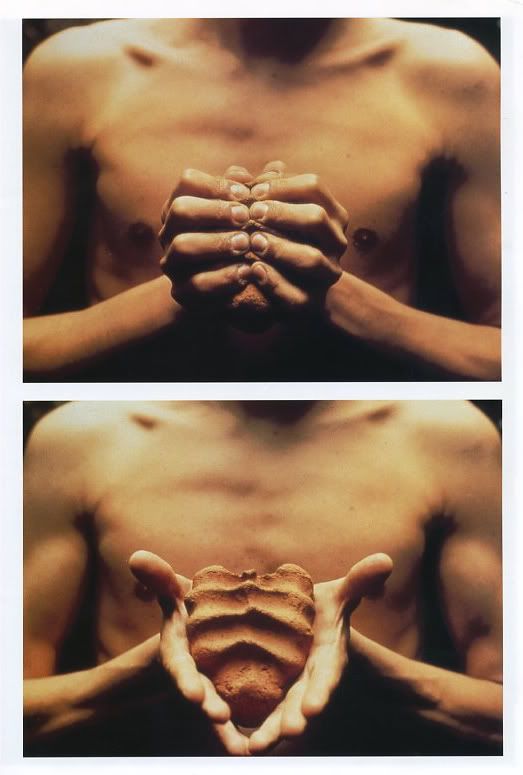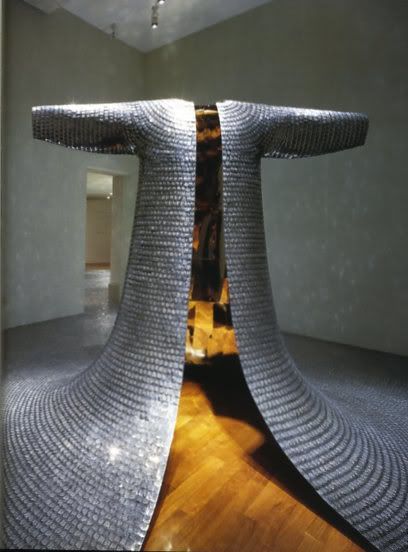
I just read a really good New Yorker article, “Turf War” by Elizabeth Kolbert, about the history and future of lawns in America. (BTW, you can subscribe to The New Yorker via RSS, which I just did, although I came by this article by way of another RSS feed I use, http://pruned.blogspot.com--a blog about gardens, landscaping, etc.)
I was pleased and amused to learn that what I have is a “Freedom lawn”!
In “Redesigning the American Lawn” (1993), F. Herbert Bormann, Diana Balmori, and Gordon T. Geballe dub such a lawn the Freedom Lawn. The Freedom Lawn consists of grass mixed with whatever else happens to seed itself, which, the authors note, might include: dandelion, violets, bluets, spurrey, chickweed, chrysanthemum, brown-eyed Susan, partridge berry, Canada mayflower, various clovers, plantains, evening primrose, rushes, and wood rush, as well as grasses not usually associated with the well-manicured lawn, such as broomsedge, sweet vernal grass, timothy, quack grass, oat grass, crabgrass, and foxtail grass.
The Freedom Lawn is still mowed—preferably with a push-mower—but it is watered infrequently, if at all, and receives no chemical “inputs.” If a brown spot develops, it is likely soon to be filled by what some might call weeds, but which Bormann, Balmori, and Geballe would rather refer to as “low growing broad-leaved plants.”
[End of quotation from the article]
I personally never water the damn thing. I never fertilize it. I apply no herbicide. I deserve thanks! As for the water, the article says:
In order to keep all the lawns in the country well irrigated, the author of the (NASA-funded) study calculated, it would take an astonishing two hundred gallons of water per person, per day. According to a separate estimate, by the Environmental Protection Agency, nearly a third of all residential water use in the United States currently goes toward landscaping.
[End of quotation from the article]
The herbicides and pesticides seem ultimately always to be toxic, carcinogenic, and/or environmentally damaging, particularly deadly to environmentally sensitive creatures such as tadpoles, salamanders, and honeybees, which, as we no know, are experiencing severe problems like colony collapse for the bees and genuine endangerment to many of the amphibians.
I am not such a radical as to dispense with my front lawn altogether, although on the side of my corner lot, where there are several tall pines, I have just let the needles form a mulch so that little lawn grows there. I still mow the front lawn with a gas-powed mower. But perhaps someday in the not-too-distant future we will be able to mow with solar powered robot mowers!

These Husqvarna solar-powered lawnmowers cost $4000 now, but that strikes me as being a price that, should they catch on, could come down well enough in not so long a time.
As I’ve said before, the Freedom Lawn is pretty much where most of my neighbors are at these days. There are still several who hire lawn care guys who just go apeshit with the chemicals, yielding the bright green, homogenous Fascist Lawn. Down with the Herbo-Fascists!

Scott Miracle-Gro ad






